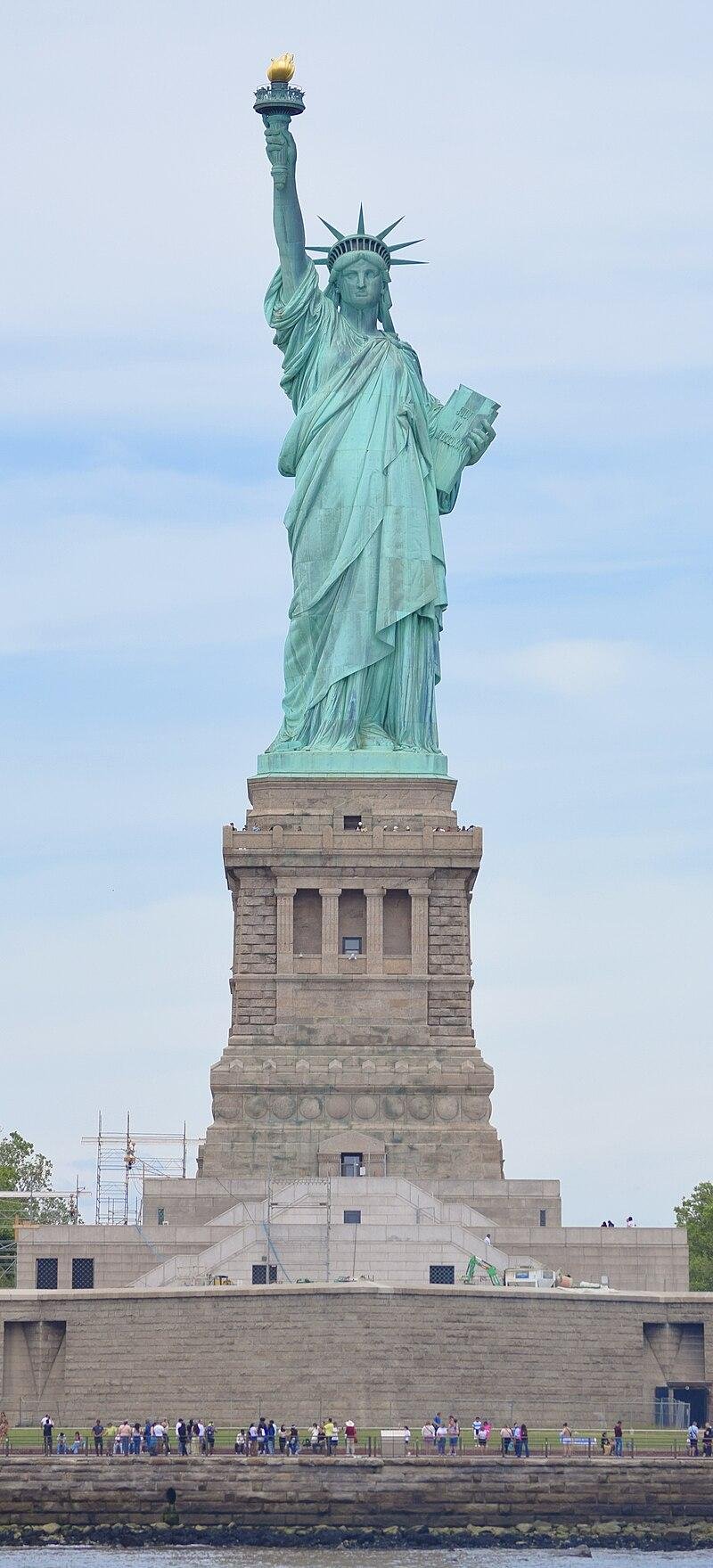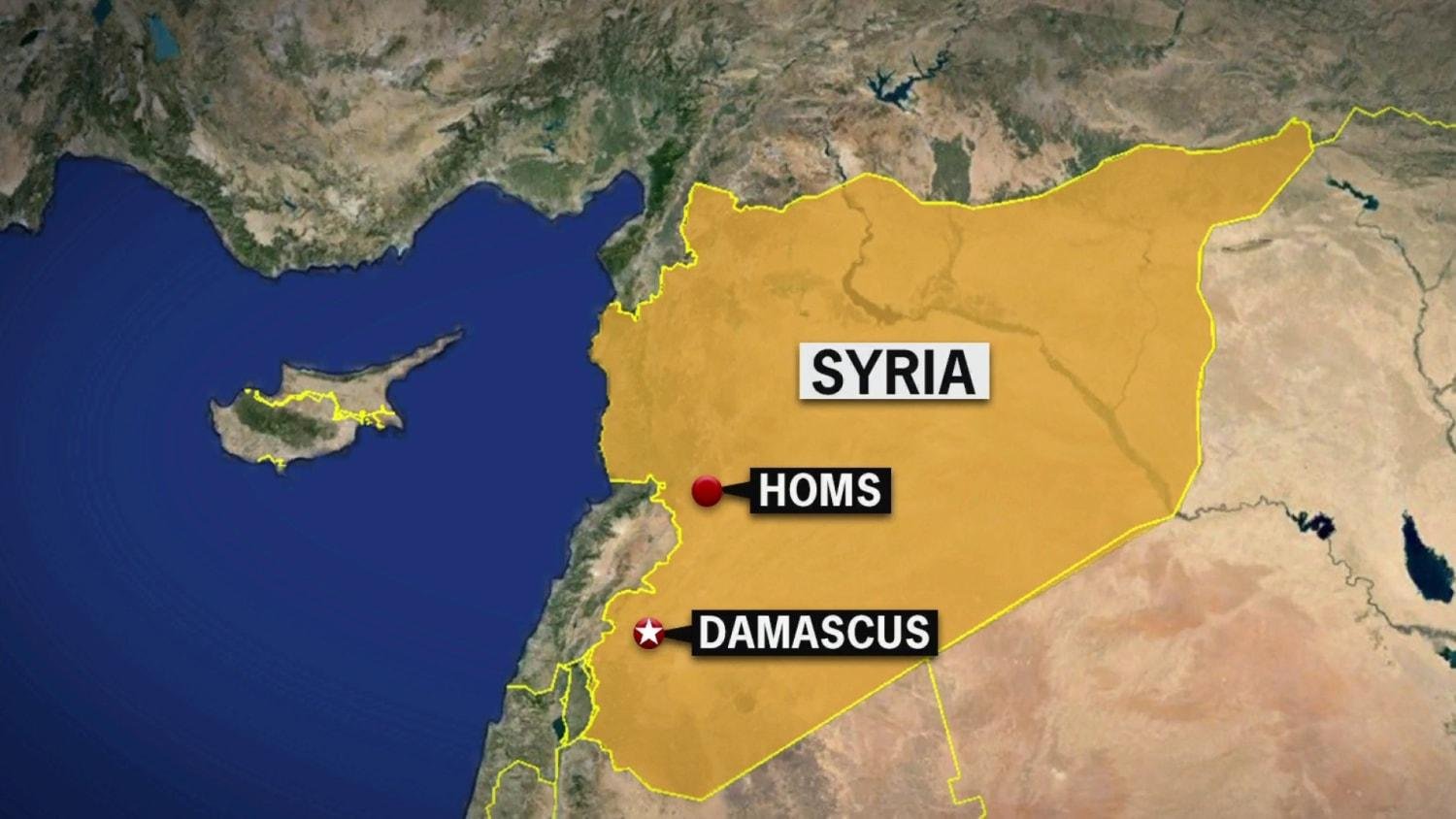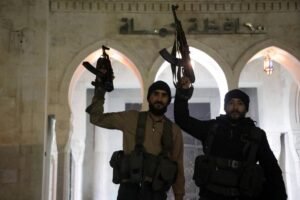In a symbolic act of defiance that reverberated through the annals of history, protesters in the war-torn Syrian suburb of Douma unleashed a wave of change upon a towering statue. As the oppressive grip of the Assad regime loosened, a surge of determination propelled the masses to enact their will upon the edifice that had stood as a testament to the government’s indomitable power. With an unwavering resolve that echoed throughout the streets, they toppled the monument, sending shockwaves of both jubilation and trepidation throughout the nation and beyond.
Symbolic Revolt: Protesters Shatter a Monument to Authoritarian Rule
Unveiling the Psychological Warfare of Monument Destruction
Protesters’ symbolic revolt against the Syrian government took a powerful form as they shattered a towering monument to authoritarian rule in the suburb of Damascus. The act carried both historical and psychological significance. Throughout history, the destruction of monuments has served as a potent form of resistance, conveying a message of defiance and a desire for change. By targeting a symbol of oppression, protesters aimed to subvert the power dynamics and challenge the authority that the monument represented. Shattering the monument not only symbolized the resilience of the Syrian people but also fueled the psychological warfare between protesters and the regime.
Creating a Transformative Narrative
Beyond its symbolic value, the destruction of the monument served a transformative purpose. It provided protesters with a tangible moment to break away from the authoritarian narrative that had dominated their lives. By seizing control of a symbol of power, protesters created a new narrative of resistance and solidarity. The shattered remains of the monument became a testament to their collective power and a symbol of their unshakeable determination to reclaim their freedom. The act of destruction also fostered a sense of unity and empowerment among protesters, strengthening their resolve in the face of adversity. Through this bold action, protesters inscribed their struggle into the collective memory of their nation, creating a lasting legacy of resistance that would inspire future generations.
The Fall of a Statue: Unrest in Damascus Raises Questions on Legitimacy
Unveiling the Cracks of Legitimacy
The toppling of the statue symbolizes an erosion of trust between the government and its people. Protesters see it as a literal and figurative rejection of the government’s authority, while the government views it as an act of disrespect and vandalism. This disconnect highlights the growing dissatisfaction and alienation within the Syrian community, which poses a significant challenge to the government’s legitimacy.
Escalating Tensions, Fading Legitimacy
The incident underscores the fragility of the political landscape in Syria. It demonstrates that the government’s grip on power is weakening, as public anger and frustration reach a tipping point. The government’s response to the protest will be crucial in determining whether it can regain some semblance of legitimacy or further alienate the population. If the government resorts to excessive force or oppressive measures, it risks further fueling the unrest and undermining its authority beyond repair.
* Damascus Demonstrations: Lessons for Transition and Reconciliation
The toppling of the statue signifies the protesters’ rejection of the current government and their demand for political change. It is a powerful symbol of the people’s determination to break free from decades of authoritarian rule.
This act of defiance is also a reminder of the importance of reconciliation. The protesters are not only fighting against the government, but also against the divisions that have long plagued Syrian society. The toppling of the statue could potentially serve as a catalyst for a dialogue between different groups in Syria and help to build a more inclusive and peaceful future. The following table summarizes the key takeaways from the Damascus demonstrations:
| Lesson | Description |
|—|—|
| The power of protest | The demonstrations have shown that even in the face of repression, people can come together and demand change. |
| The importance of unity | The protesters have been successful because they have been able to unite across sectarian and political lines. |
| The need for reconciliation | The demonstrations have also highlighted the need for reconciliation between different groups in Syria. |
| The hope for a better future | The demonstrations have given hope to many Syrians that a better future is possible. |
Key Takeaways
This remains etched in the annals of history, a testament to the indomitable spirit of a people yearning for freedom, This momentous act reverberates not only within the borders of Syria, but echoes across the globe, a clarion call for all who yearn for a world without tyranny. As the dust settles, hope rises like a phoenix from the ashes, carrying with it the promise of a brighter tomorrow for the people of Damascus and beyond.


